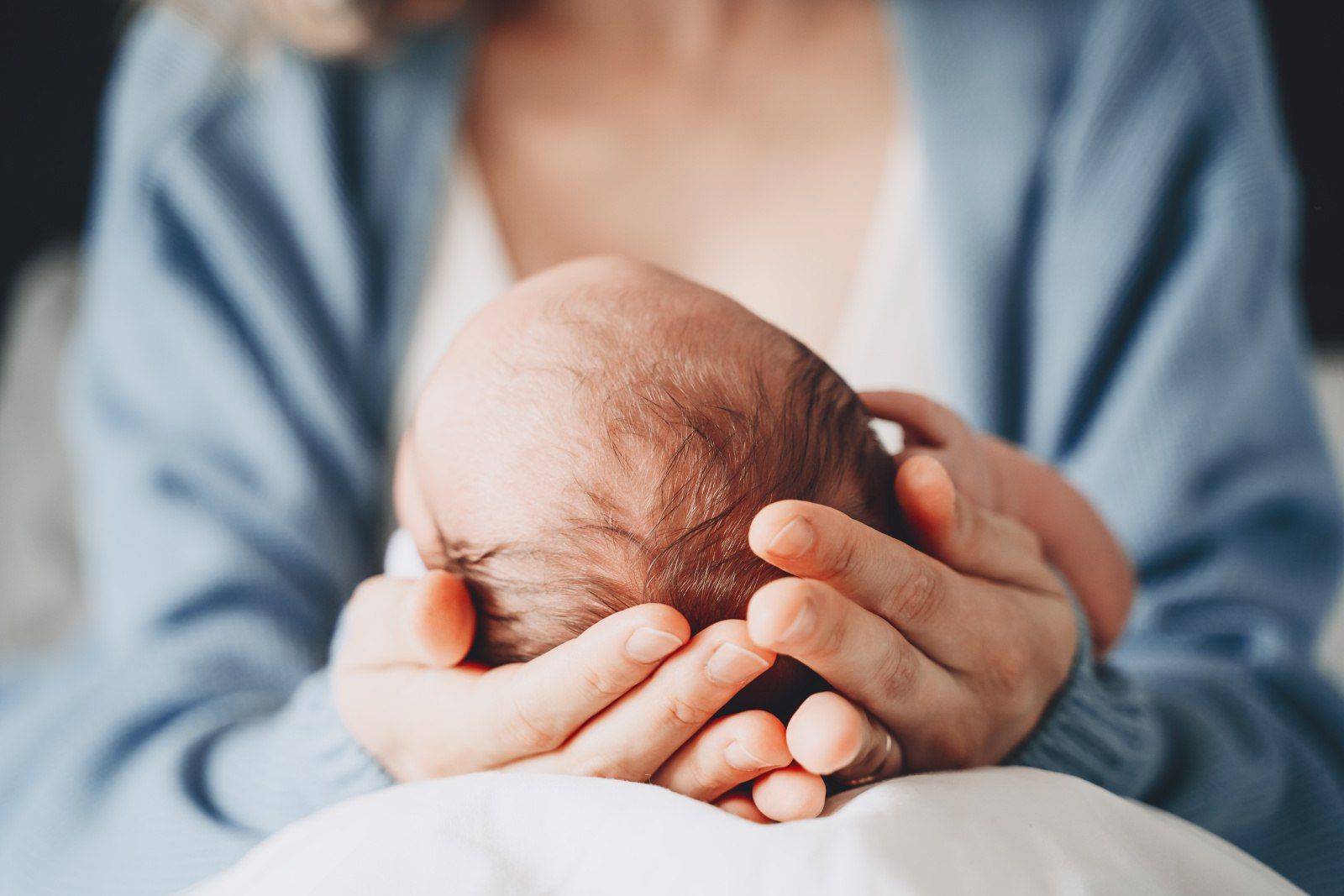The lining of the uterus, which grows outside the uterus, is one of the main causes of infertility. However, with adequate treatment, the chances of pregnancy are just as good as for women without endometriosis.
Infertility can have many causes. In around one in four women who do not become pregnant spontaneously, the reason is endometriosis. As the lining of the uterus can colonize the entire abdominal cavity, the disease can make a spontaneous pregnancy difficult or even impossible. Scarring, adhesions and cysts can impair the function of the ovaries and fallopian tubes. In addition to mechanical causes, biochemical causes are also being discussed: For example, the ectopic tissue releases substances that may have an unfavorable effect on egg quality and implantation.
Anti-Müllerian hormone level is important for the prognosis
When a couple with an unfulfilled desire to have children presents at the Department of Reproductive Endocrinology, the cause of infertility is always clarified for both partners. In addition to endometriosis, there may be other obstacles to fertility. In women, the anti-Müllerian hormone level is always determined. It provides information on how large the egg reserve is and is important for the prognosis of a possible artificial insemination. “The value can also be used to estimate whether a woman will go through menopause early and thus offer egg freezing in good time,” says Prof. Brigitte Leeners, Director of the Reproductive Endocrinology Department. She recommends checking AMH levels in the gynecologist’s office even in young women.
To the fertility centerDiagnosis using MRI and laparoscopy
If endometriosis is suspected, an ultrasound examination with contrast medium can be used to clarify whether the fallopian tubes and ovaries are affected. A laparoscopy is helpful for an even more precise diagnosis. Magnetic resonance imaging can be used to clarify the extent of the endometriosis in the pelvic and abdominal cavity. The Departments for Reproductive Endocrinology and Gynecology work closely together at the Endometriosis Center. Therapy is also coordinated on an interdisciplinary basis. “Today, we can help couples who want to have children very well,” says Prof. Leeners. She attaches great importance to a comprehensive consultation in which the couple’s needs are first discussed, such as whether artificial insemination is even an option. The timing of a pregnancy must also be planned. This is because before and after artificial insemination, the aim is to protect the patient from endometriosis progression.
Good chances of success with the right therapy
The treatment of endometriosis depends on the severity and where the foci have settled. Treatment with gestagens, GnRH analogs or aromatase inhibitors counteracts the spread of the lesions and endometriosis-related symptoms such as pain – however, the hormones must be discontinued before a pregnancy is desired. In the case of pronounced findings or symptoms, an operation may be considered in which as many eggs as possible are preserved. Before an operation in which a large part of the ovaries will probably have to be removed, it may be advisable to freeze eggs. In vitro fertilization with subsequent embryo transfer is a very successful treatment for blocked fallopian tubes. Ideally, a large number of eggs are retrieved, fertilized and frozen, so that the entire family planning process can be completed with a single treatment. The chances of a successful pregnancy are good, emphasizes Prof. Leeners: “If the women receive optimal support, the chances are just as high as for women without endometriosis.”

